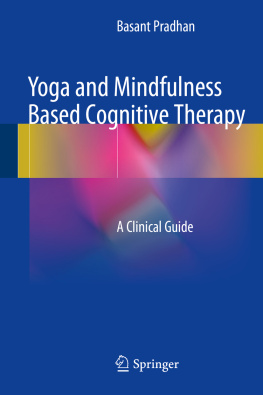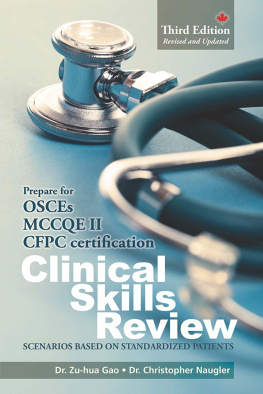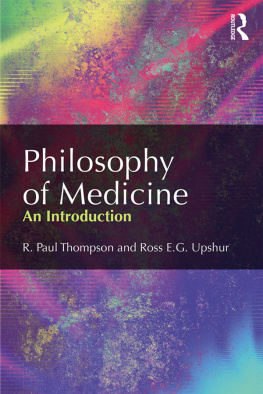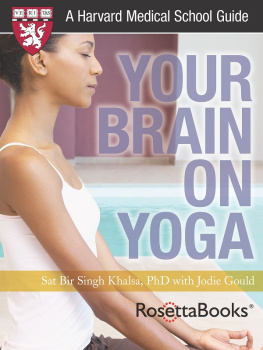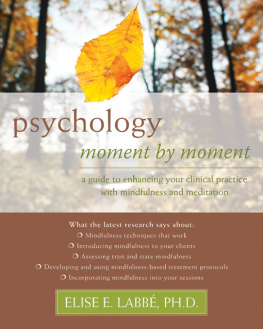1.1 Introduction
Yoga is not that new to the Western world. In fact, studying about the Transcendentalist Movement in the eighteenth-century West, one can see the deep influence of the ancient Indian Yogic scriptures ( Upanishad ) on notable Western philosophers like Arthur Schopenhauer , author of the famous book, The World as Will and Representation (Payne , p. 11) writes: the scientific method in the study of reality is to view an object from the so-called objective point of view. For example, suppose a flower on the table is the object of a scientific study. The chief characteristic in this scientific (or objective) approach is to put this object (flower) to all kinds of analyses, to talk about it, to go around it, to catch anything that attracts our senseintellect and abstract it away from the object (flower) itself, and, when all is supposedly finished, to synthesize these analytically formulated abstractions and take the outcome of the analysis for the object (flower) itself. But the question still remains: Has the complete object really been caught ? The answer is no . These objective observations are mere descriptions of the object, in this case the flower, but in reality not the flower itself.
1.2 Yoga as a Mystery and Need for Demystification
It is sad to see that deviating from its original profound meanings and deep scopes, Yoga has been used as an umbrella term for all kinds of things ranging from body building, weight reduction, improving physical stamina and sexual performances, and so on. Seeing closely, one can easily realize that many of these so-called authentic Yogic techniques popularized in the West actually dont have much to do with the original concepts of Yoga, as they were proposed in the Yogic scriptures of ancient India. No wonder, despite having a few thousand years of rich tradition as well as authentic literature about its philosophies as well as techniques, Yoga is still a profoundly misunderstood subject, more so in the Western world. This is evident from the fact that one of the most popular forms of Yoga in the West is the Hot Yoga which involves literally heating a room to high temperatures in order to induce perspiration and may be to lose some weight. This writers first encounter with Yoga in the USA was through Hot Yoga when shortly after his initial arrival in the USA he out of curiosity visited a Yoga studio in a Philadelphian suburb to learn the above facts. Interestingly, despite its huge popularity in the West, this author couldnt trace any connection of Hot Yoga to the literatures or scriptures on Yoga. This writer wondered if Hot Yoga, because of its physical focus, could have originated from the word Hatha . However, this possibility seems unlikely considering the facts that both the word Hatha in its meanings ( Ha =moon, symbolizes the parasympathetic system, tha =sun, symbolizes the sympathetic system) and Hatha Yoga as a system have entirely different origins, scopes, and significance as compared to Hot Yoga . As mentioned above, yogi Gorakhnath and his disciple Swami Swatmarama of fifteenth-century India introduced the Hatha Yoga system as a preparatory stage (rather than as a means to its ends) of physical purification that is necessary for higher steps in practice of Yoga, i.e., meditation or samyama . As opposed to these original deep philosophies and practices of Hatha Yoga , unfortunately only the physical focus on Yoga became popular in the West. After the initial thrust through the transcendental movements, the subsequent interest in Yoga in the Western world was created by Swami Vivekananda who was not only the first ever Indian monk to have visited the Western world but also translated Yogic texts from Sanskrit into English language. During his visit to the USA (Chicago) in 1893, he created a lasting impression of Yogic philosophies (Raja Yoga) in the mind of Western audience and also founded Yoga centers for training. However, it was not until the second half of the twentieth century that the Western world saw the large-scale application of Yoga, although unfortunately not in its original form but rather in the context of health and a set of mere physical exercises. This has largely contributed to the misunderstandings that Yoga is just a set of physical exercises meant primarily for physical fitness or losing weight.
1.2.1 Some Other Reasons for the Misconceptions
As mentioned before, understanding the ancient Indian philosophies on Yoga and meditation has been an issue even for intellectual geniuses to the likes of Sigmund Freud. Some of the mysteries about Yoga in the Western world arise from the very basic issues of mindbody dichotomy, reductionism, and primacy given to the physical aspects of Yoga in the West as opposed to the holistic approach of the ancient Indian philosophies on Yoga and meditation. Experiential knowledge (as the one in Yoga) is essentially intuitive/non-conceptual, not the knowledge based on concrete sensorial experiences which are considered as mere intellectualizations rather than true experiences. One can see that these are really difficult concepts if one is not brought up in that culture and thus can be very often misinterpreted, based on nuances of languages and culture. In addition to the epistemological discrepancies between Eastern and Western thought, differences in culture and language are also responsible for the Wests misinterpretation of Yoga where it has been mistaken for physical exercise, relaxation techniques, or a form of religious practice. Sanskrit , the original language of Yogic scriptures, is a rich but difficult language that exhibits complex grammar. The meanings of many Sanskrit words are culturally bound, and of those used in the Yogic scriptures many have no equivalent word in other languages. Consequentially, many Yogic techniques popularized in the West bare no ties to the philosophies proposed in the Yogic scriptures of ancient India. Furthermore, the true masters of Yoga often live reclusively (this is the Yogic traditions of Aranyaka or the forest culture ), rarely leaving nature. Alternatively, many of the Yoga gurus (teachers) that do engage with mainstream society do not have the proper experiential knowledge of Yoga to instruct others. Unfamiliar with classical Yogic traditions, these gurus often use Yogic concepts too concretely and/or proselytize misinterpretations of Yoga. Needless to say, without real practice/direct experience, Yoga is just another slogan. One cannot discuss Yoga in its authentic and true sense without the mastery of at least some of the ancient Indian philosophies, as well as the experiential nature of its practice. As it is true for any experiential discipline and more so for Yoga and meditation, some forms of abstractness and intuitive capacity are essential for grasping the original concepts of Yoga. Thus, one can see clearly here that the Yogic experiences, although documented over many millennia, cannot be verified that well by traditional experimental techniques (which are suitable for demonstrating the concrete only). The misconceptions surrounding Yoga are similar to the popular five blind men and the elephant metaphor. In this when five blind men in a small town are describing an elephant, each of them is narrating only part of the truth (in this case describing various body parts of the elephant as the whole elephant) but nonetheless emphatically claiming his own version as the only truth. They are all correct from their own point of view, but only partially. Finally, the wise man they consulted says each one of them is correct and each is wrong too. He further advises them that if they put their partial views together, they will get a true sense of the elephant . In other words, the holistic (rather than reductionist) view is a prerequisite for appraisal of reality. These points apply to the difficulties in the design as well as interpretations of the Yoga and meditation research done in the West. Needless to say that in the best interest of mankind, to be able to use the ancient wisdom of Yoga in its true sense, a great degree of demystification as well as standardization involving more integrated insights of the East as well as the West are of necessity and are long overdue.

